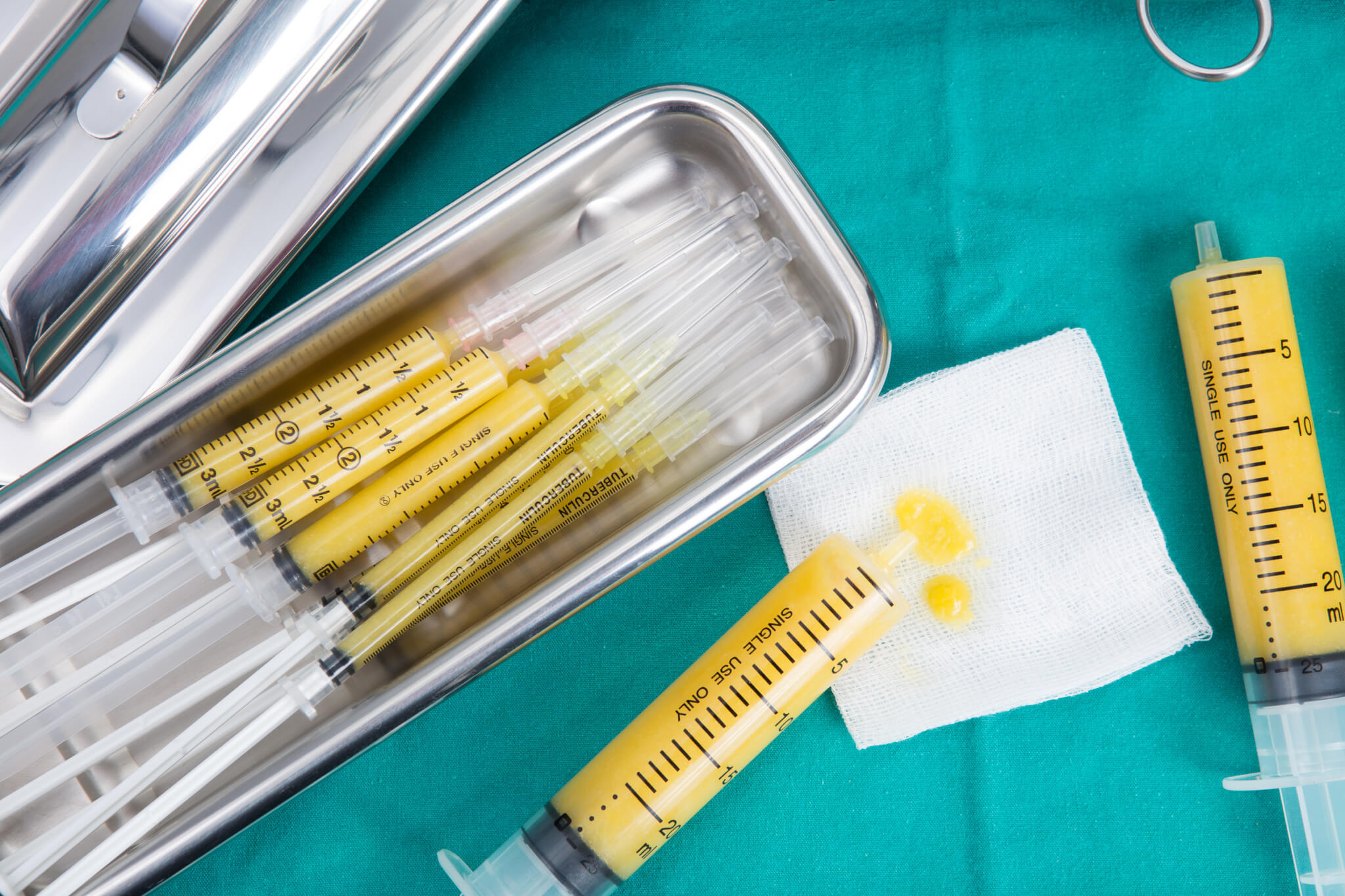What is Fat Grafting?
A fat graft, also known as a fat transfer, is a procedure that begins by removing material from areas where you have excess fat such as the abs, thighs, lower back, or arms. Where the surgeon will remove the fat from will depend on what the patient wants and needs, but typically large areas like the stomach are chosen. By grafting from certain areas and placing the fat into another area like the buttocks and/or breasts, a plastic surgeon can effectively reshape their patient’s body.
One such example of a fat transfer can make the waist look slimmer and the entire torso look curvier. The end result is typically a slimmer waist, a shapelier butt (or breasts) and hip, and a sexier look all-around. The plastic surgeon will examine the patient’s whole body to determine the amount of excess fat can be removed, and to determine if it is healthy and safe for the patient to proceed. This is not a one-size-fits-all process, as no two bodies are the same.
Fat Grafting Process
This procedure involves several stages:
- Removal of the fatty deposits from the desired area with liposuction
- The separation and treatment of the removed fat cells
- Reinsertion of the fat into the desired area
In the first step, fat is removed from the donor site using liposuction. This is a cosmetic procedure that uses a cannula, a tool inserted into the body via a small noninvasive incision. The cannula breaks up the fat in specific desired areas and then sucks out the broken-down material using a vacuum-type action.
A typical procedure involves the use of a sterile saline substance to push the fat out. The fat removed during this process, known as tumescent liposuction, includes the fat cells that are unlikely to survive the transfer and could possibly contaminate healthy cells. Other methods may use a laser attached to the cannula to break down the fat before treatment.
After removal, the surgeon will treat the fat to ensure the inclusion of mostly healthy cells likely to attach to the recipient site. This process sometimes involves the centrifuging of removed material, while other methods filter the fat with a special liquid.
In the final step, the fat is inserted through a small drop throughout the desired area. This is done so surgeons can be sure of a steady blood flow and distribution to all deposits, which ensures results can endure over time.

Costs
Depending on surgeon experience, patient size, and length of surgery, a fat transfer to the breasts, buttocks, and hips can range anywhere from $6,000 to $15,000, which includes operating room fees, anesthesia fees, and garments. Costs can also vary depending on your geographic location. Consult with a few plastic surgeons in person and choose the most qualified doctor that you are comfortable with at a reasonable cost. We do not recommend selecting a location solely based on price, as any issue during or after the procedure could result in additional costs in the long run.
